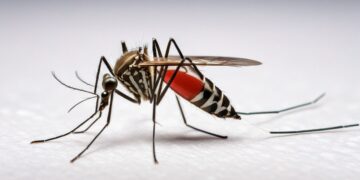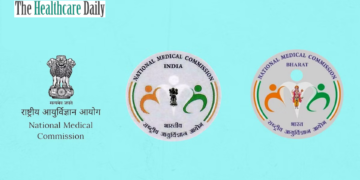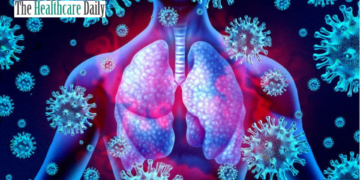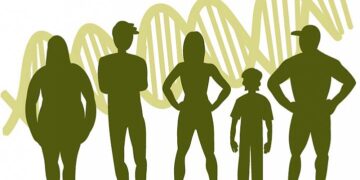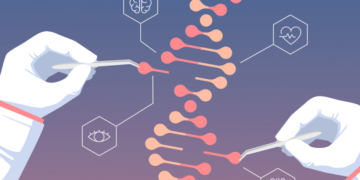What Is Social Anxiety Disorder?
For those suffering from a full-blown social anxiety disorder, which in any given year includes up to seven percent of the adult population, the symptoms of social anxiety can be overwhelming, debilitating, and beyond their ability to control. People with this disorder have trouble talking to people, meeting new people, and attending social gatherings. They fear being judged or scrutinized by others. They may understand that their fears are irrational or unreasonable, but feel powerless to overcome them.
What Causes Social Anxiety Disorder?
-
Environmental Factors:-
A number of key environmental factors are involved in the etiology of SAD. Specifically, theory and research suggest that the risk of developing SAD is increased by over-controlling, critical and cold parenting, insecure (anxious-ambivalent) attachment, emotional maltreatment, and to a lesser extent, physical and sexual maltreatment, and other relational adversities in childhood, as well as aversive social/peer experiences (especially relational victimization).

Moreover, these factors may lead to posttraumatic reactions, distorted negative self-imagery, and internalized shame-based schemas. However, understanding of the nature, interactions, and relative contributions of these factors remains unclear.

Moreover, it is likely that SAD develops via a complex interplay of biological and environmental factors, and that there are multiple and diverse pathways to the development of the disorder. Indeed, while environmental factors may serve as risk factors that increase the likelihood of developing SAD, they do not directly cause the disorder, and no single risk factor is sufficient or necessary to the development of SAD.
-
Genetics:-
If one is diagnosed with SAD, he/she probably has specific genes that make him/her more prone to developing the disorder. If one has a first-degree relative with SAD, he/she may also be two to six times more likely to develop the disorder.
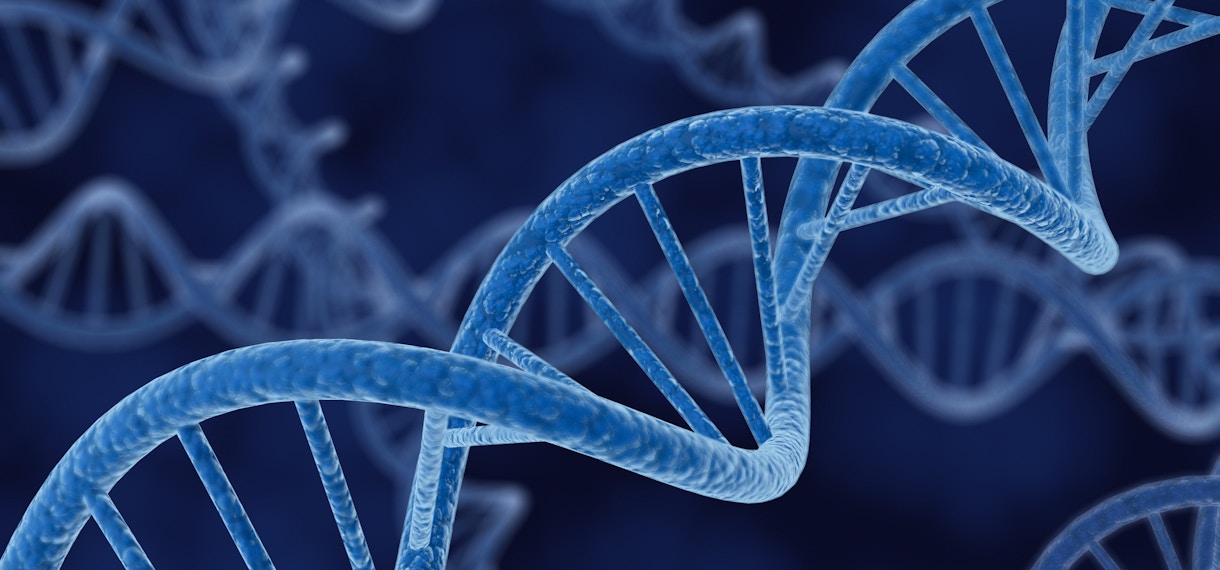
The genetic component of social anxiety disorder is also known as the “heritability” of the disorder. Although heritability rates can vary a great deal in studies, it has been estimated at around 30 to 40 percent, meaning that roughly one-third of the underlying causes of SAD come from your genetics.
Heritability is the proportion of variation in a phenotype (trait, characteristic, or physical feature) that is thought to be caused by genetic variation among individuals. The remaining variation is usually attributed to environmental factors. Studies of heritability typically estimate the proportional contribution of genetic and environmental factors to a particular trait or feature.

So far, researchers have not found a particular genetic makeup linked to SAD. They have, however, found certain genes linked to other anxiety disorders such as agoraphobia and panic disorder.
-
Negative Experiences:-
Sometimes Negative Experiences can lead to Social Anxiety Disorder. This may include the following Experiences:
1. Bullying – Bullying has become an increasingly common occurrence in schools and playgrounds. Whether cyberbullying, harassment at school, or physical violence on the school bus, many children live in fear. About one in five children will be bullied from elementary through high school. If you have a socially anxious child, bullying may be even more prevalent. Bullies pick on children who have trouble defending themselves. Sometimes victims of bullying may even become bullies themselves.

2. Family Conduct – Family cohesion was negatively correlated with marital quality and positively correlated with children’s social anxiety. Marital quality and family adaptability were inversely related to specific children’s fears. Children’s social anxiety was highly correlated with specific fears. These findings suggest that children from rigid, fused families or low-quality marriages may be at risk for high levels of fear and social anxiety.
3. Sexual Abuse – A history of childhood maltreatment (i.e., physical, sexual, and psychological abuse, as well as emotional and physical neglect) impacts multiple domains of psychosocial functioning during adulthood, and victims have an increased risk for posttraumatic stress disorder (PTSD) and depressive symptomatology.
Also Read: Why Japanese Live Longer?

